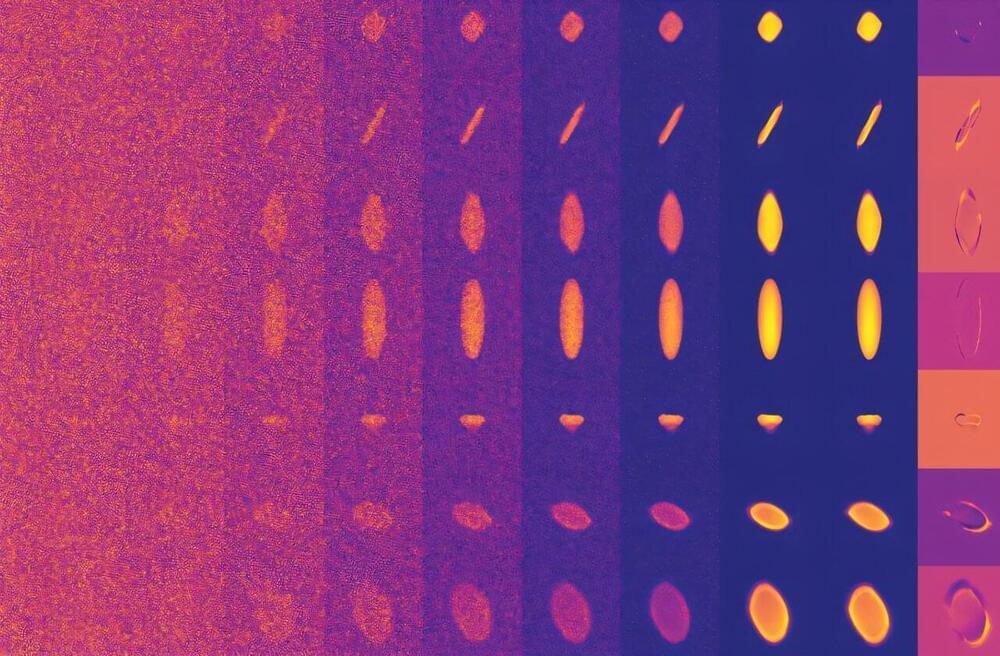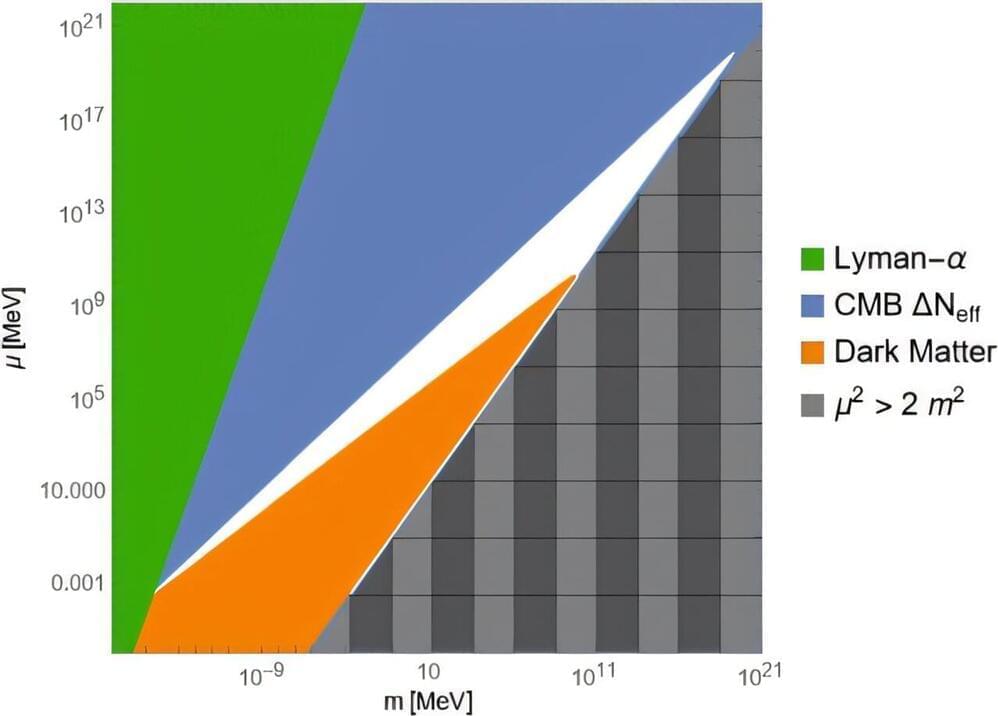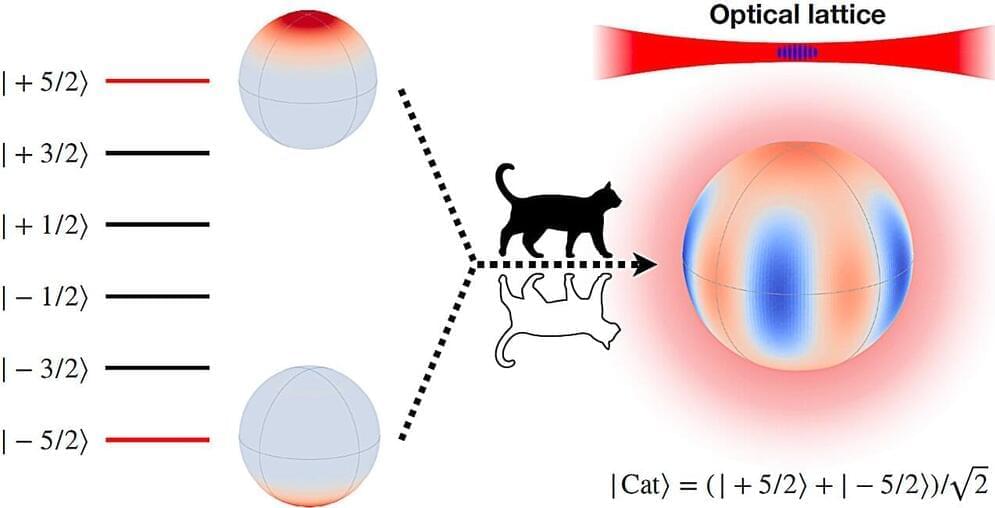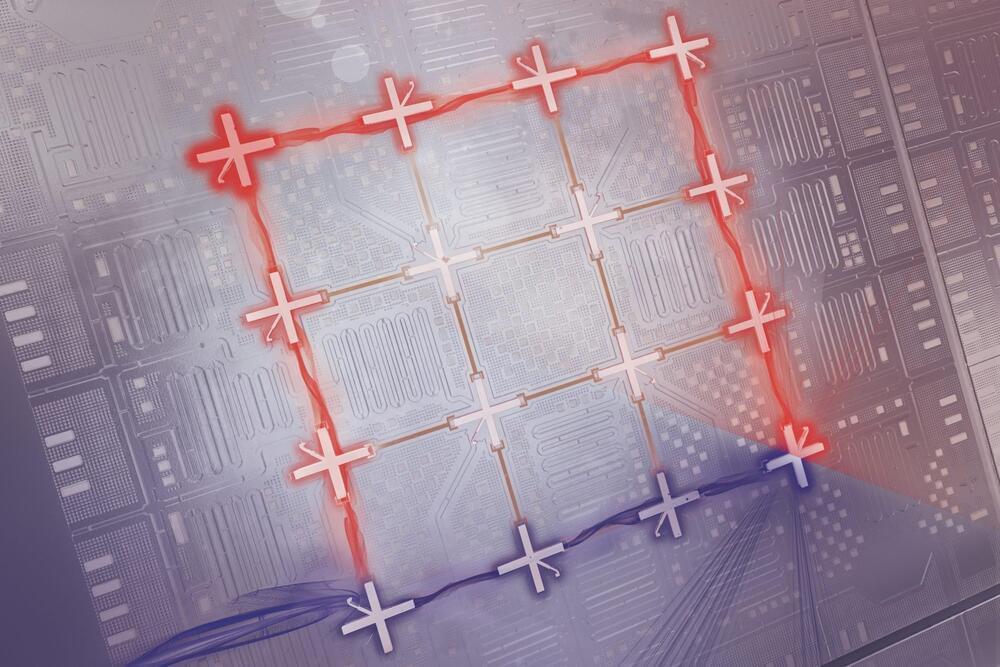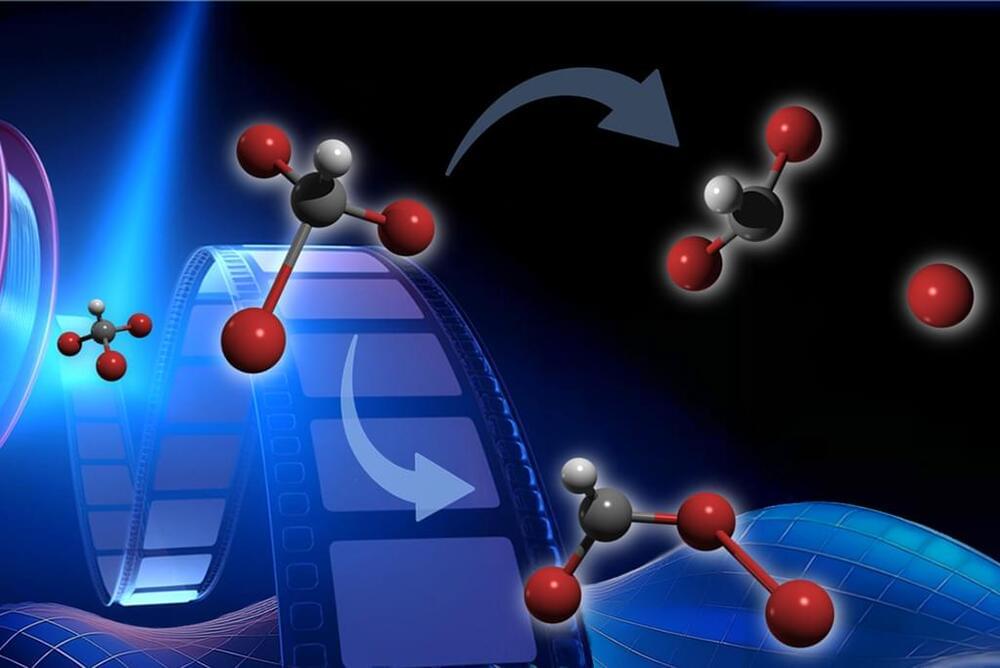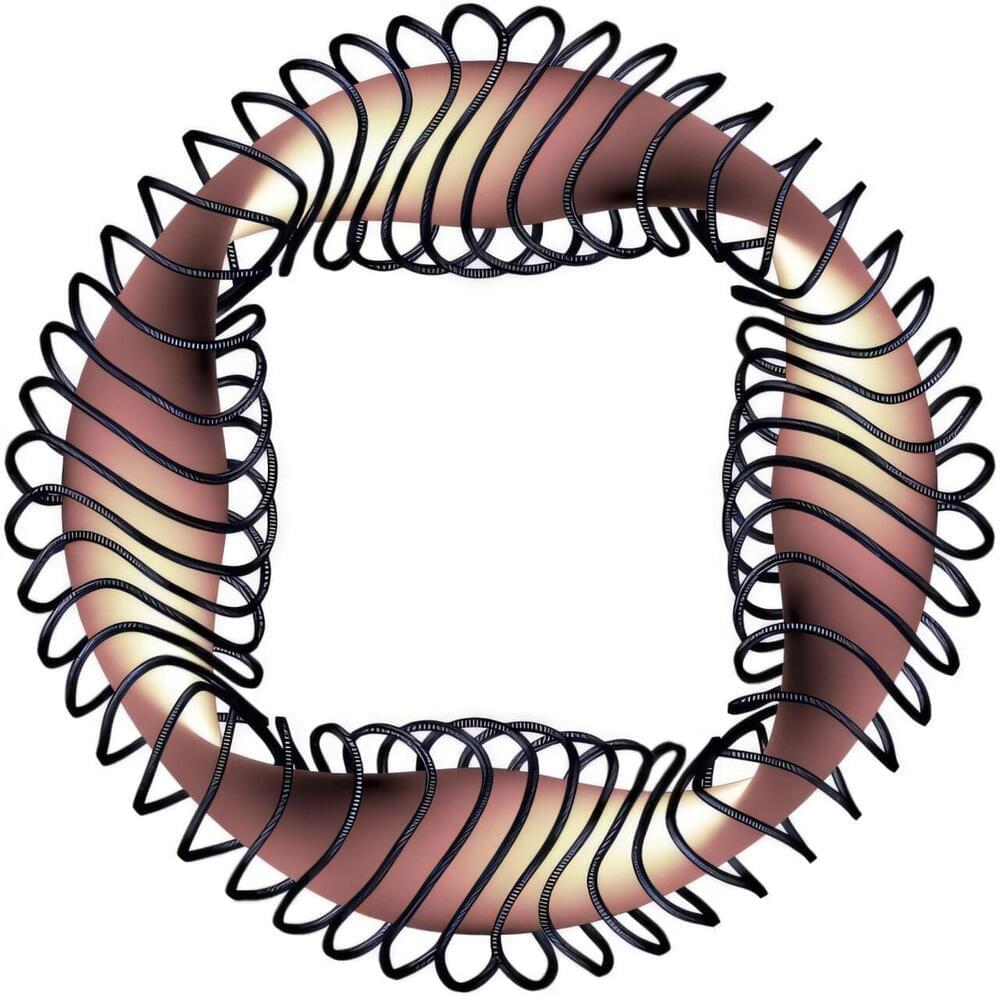Banks of computer screens stacked two and three high line the walls. The screens are covered with numbers and graphs that are unintelligible to an untrained eye. But they tell a story to the operators staffing the particle accelerator control room. The numbers describe how the accelerator is speeding up tiny particles to smash into targets or other particles.
However, even the best operator can’t fully track the miniscule shifts over time that affect the accelerator’s machinery. Scientists are investigating how to use computers to make the tiny adjustments necessary to keep particle accelerators running at their best.
Researchers use accelerators to better understand materials and the particles that make them up. Chemists and biologists use them to study ultra-fast processes like photosynthesis. Nuclear and high energy physicists smash together protons and other particles to learn more about the building blocks of our universe.
